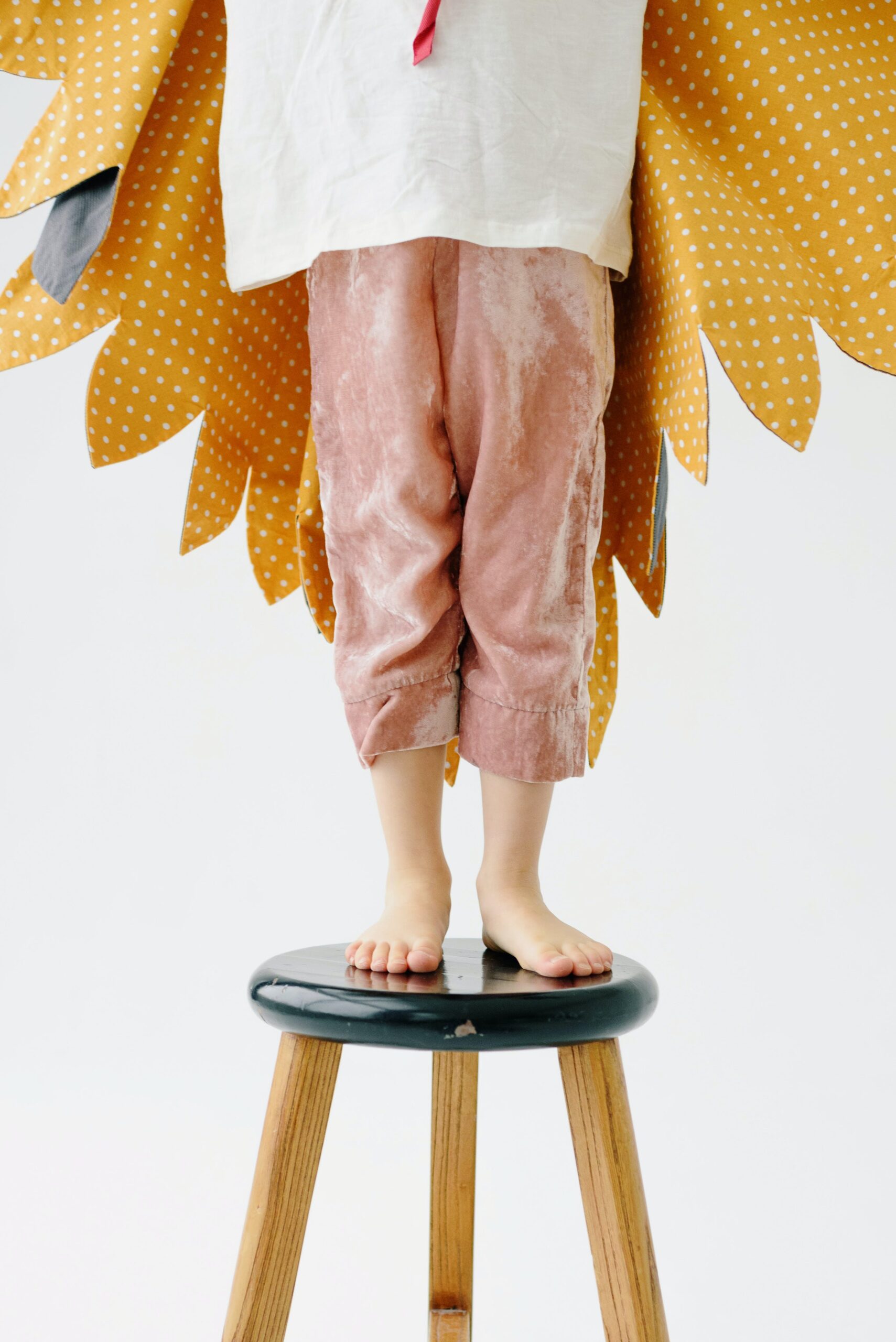As parents, we’re always on the lookout for signs of developmental milestones in our children. One movement pattern that might catch your eye is the circumducted swing. It’s a term you might not be familiar with, but understanding it can help you address potential issues early. Let’s dive into what a circumducted swing is and why it might be problematic for your child’s development.
What Is a Circumducted Swing?
A circumducted swing occurs when a child moves their leg in a circular motion while walking. Instead of the leg swinging forward in a straight line, it moves out to the side and then around in a circle before stepping forward. This can look like your child is trying to clear an obstacle or avoid dragging their foot (Australian Podiatry Association, 2023).
Why Does It Happen?
There are several reasons why a child might exhibit a circumducted swing:
- Muscle Weakness: Weakness in the hip or knee muscles can make it difficult for a child to lift their leg properly. To compensate, they may use a circumducted swing to move their leg (National Health Service, 2022).
- Joint or Bone Issues: Conditions affecting the hip, knee, or ankle joints can interfere with smooth leg movement. This might cause a child to use a circumducted swing to navigate their stride (Australian Institute of Sport, 2023).
- Neurological Conditions: Sometimes, neurological issues can affect muscle control and coordination. This can lead to an abnormal walking pattern like the circumducted swing (American Academy of Pediatrics, 2023).
- Habitual Patterns: In some cases, a circumducted swing can develop as a habitual pattern. If a child has been compensating for discomfort or weakness for a while, this pattern may become ingrained (Podiatry Australia, 2022).
Why Can It Be Problematic?
- Impact on Balance and Coordination: A circumducted swing can disrupt a child’s natural gait, potentially affecting their balance and coordination. This can make activities that require precise movement or agility more challenging (Australian Podiatry Association, 2023).
- Potential for Pain or Discomfort: Over time, the abnormal gait can place extra stress on other parts of the body, such as the knees, hips, or lower back. This can lead to pain or discomfort, which might affect your child’s overall mobility and enjoyment of physical activities (National Health Service, 2022).
- Developmental Delays: If the circumducted swing is due to an underlying issue, such as muscle weakness or joint problems, it could potentially delay your child’s motor development. Addressing the cause early can help prevent further complications (Australian Institute of Sport, 2023).
What Can You Do?
If you notice that your child is walking with a circumducted swing, consider these steps:
- Consult a Podiatrist: A podiatrist can assess your child’s walking pattern and identify any underlying issues. They can recommend appropriate treatments or exercises to help improve their gait.
- Physical Therapy: Depending on the cause, physical therapy might be recommended to strengthen muscles and improve coordination.
- Monitor and Encourage: Keep an eye on your child’s walking patterns and encourage activities that promote balance and coordination.
Conclusion
A circumducted swing might seem like a minor quirk, but it can signal underlying issues that are worth investigating. By understanding why this movement occurs and taking appropriate action, you can help ensure your child’s walking pattern supports their overall development and comfort.
References
Australian Podiatry Association. (2023). Understanding gait abnormalities. Retrieved from https://www.podiatry.org.au
National Health Service. (2022). Children’s gait and walking patterns. Retrieved from https://www.nhs.uk
Australian Institute of Sport. (2023). Impact of muscle weakness on gait. Retrieved from https://www.ausport.gov.au
American Academy of Pediatrics. (2023). Neurological impacts on gait development. Retrieved from https://www.aap.org
Podiatry Australia. (2022). Gait analysis in children. Retrieved from https://www.podiatry.org.au
Hashtags
#ChildDevelopment #CircumductedSwing #HealthyFeet #KidsFootCare #PodiatryTips #FootHealth #GaitAnalysis #PediatricCare #ActiveKids #WalkingPatterns
If you’re concerned about your child’s walking pattern or need advice on next steps, feel free to reach out to our clinic. We’re here to help ensure those little feet are moving smoothly and comfortably!





